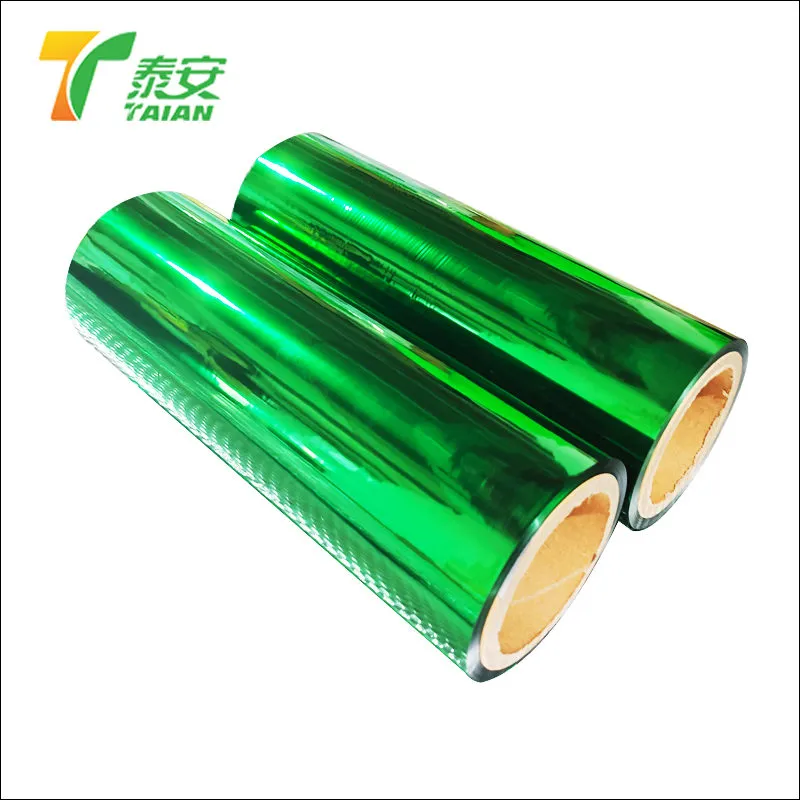Exploring Thermal Lamination Film: Enhancing Durability and Aesthetics
2024-09-25
Thermal lamination film is a crucial tool in the printing and packaging industries, known for its ability to enhance the durability and visual appeal of printed materials. This blog will delve into what thermal lamination film is, its benefits, and its various applications.
What is Thermal Lamination Film?
Thermal lamination film is a thin layer of plastic that is applied to printed materials using heat and pressure. The process involves fusing the film to the substrate—usually paper or cardboard—creating a protective layer that enhances the longevity and aesthetics of the printed piece. The film comes in various finishes, including gloss, matte, and satin, allowing for flexibility in design.
Key Benefits of Thermal Lamination Film
1. Durability and Protection
- One of the primary advantages of thermal lamination is its ability to protect printed materials from wear and tear, moisture, and UV light. This added durability is essential for items that will be handled frequently, such as menus, brochures, and packaging.
2. Enhanced Aesthetics
- The film adds a professional finish to printed products, enhancing their appearance. Glossy finishes can make colors pop, while matte finishes offer a sophisticated look. This visual appeal can make a significant difference in attracting customers.
3. Improved Handling and Resistance
- Laminated materials are more resistant to tearing, scratching, and fading. This is particularly beneficial for products exposed to harsh conditions, such as outdoor signage or packaging for food items.
4. Ease of Cleaning
- The smooth surface of laminated materials makes them easy to wipe clean, which is especially useful for products that may get dirty during use, such as menus or brochures in high-traffic areas.
5. Versatile Applications
- Thermal lamination film can be used on various printed materials, including business cards, flyers, posters, packaging, and more, making it a versatile option for many industries.

Applications of Thermal Lamination Film
1. Packaging
- In the packaging industry, thermal lamination is commonly used to protect labels and boxes, ensuring they remain intact during shipping and handling. It also enhances the visual appeal of products on store shelves.
2. Marketing Materials
- Businesses often use laminated brochures, flyers, and posters to create eye-catching marketing materials that stand out and last longer in the hands of potential customers.
3. Educational Materials
- Schools and educational institutions utilize thermal lamination for materials like flashcards, worksheets, and reference guides to prolong their use and withstand frequent handling by students.
4. Menus and Signage
- Restaurants and retailers often laminate menus and signs to protect them from spills, wear, and fading, ensuring they maintain a clean and professional appearance.
5. Photographs and Art Prints
- Photographers and artists use thermal lamination to preserve their work, enhancing colors and providing protection against environmental damage.
Conclusion
Thermal lamination film is an invaluable asset in enhancing the durability and aesthetics of printed materials. Its protective qualities, combined with the ability to improve visual appeal, make it a popular choice across various industries. Whether for packaging, marketing materials, or educational resources, investing in thermal lamination can elevate your products and ensure they stand the test of time. Embrace the benefits of thermal lamination film and discover how it can enhance your printed projects!


